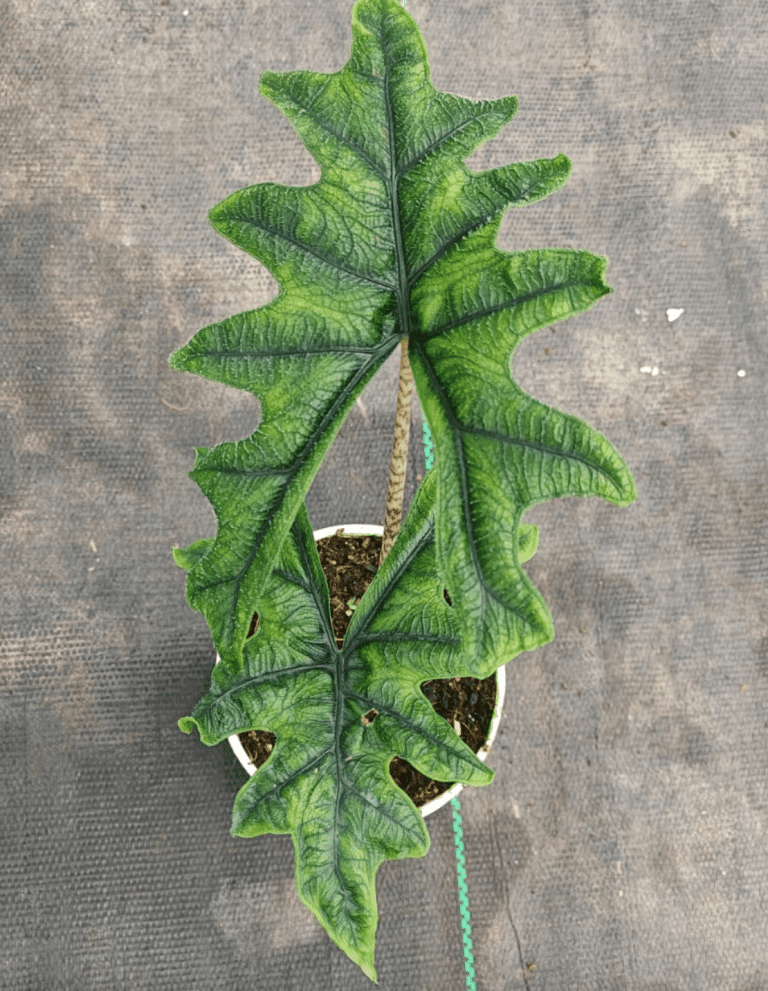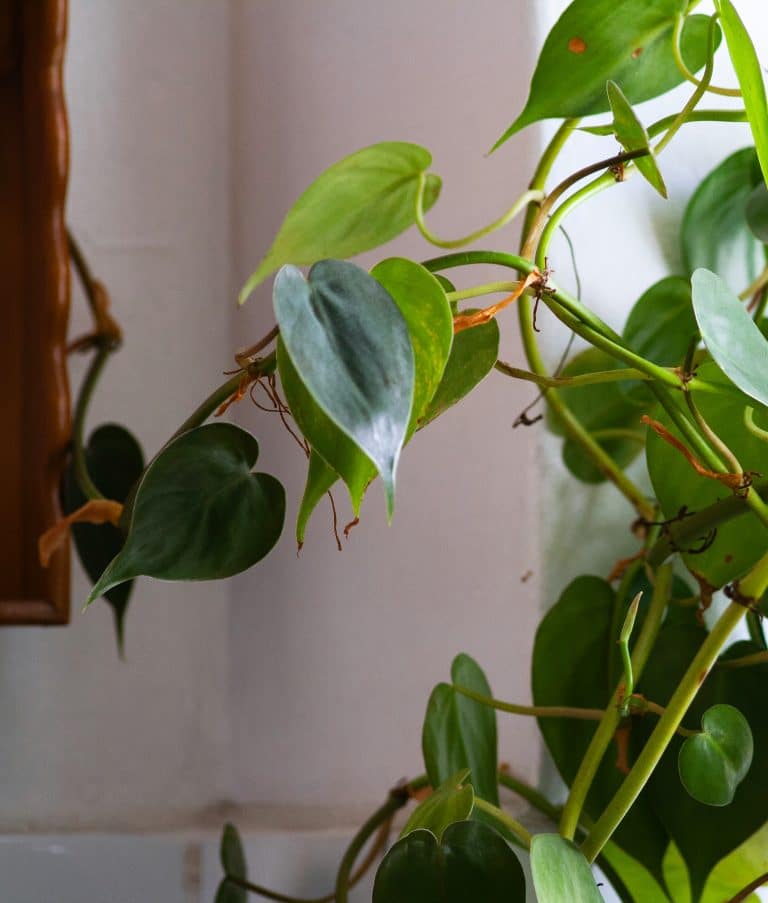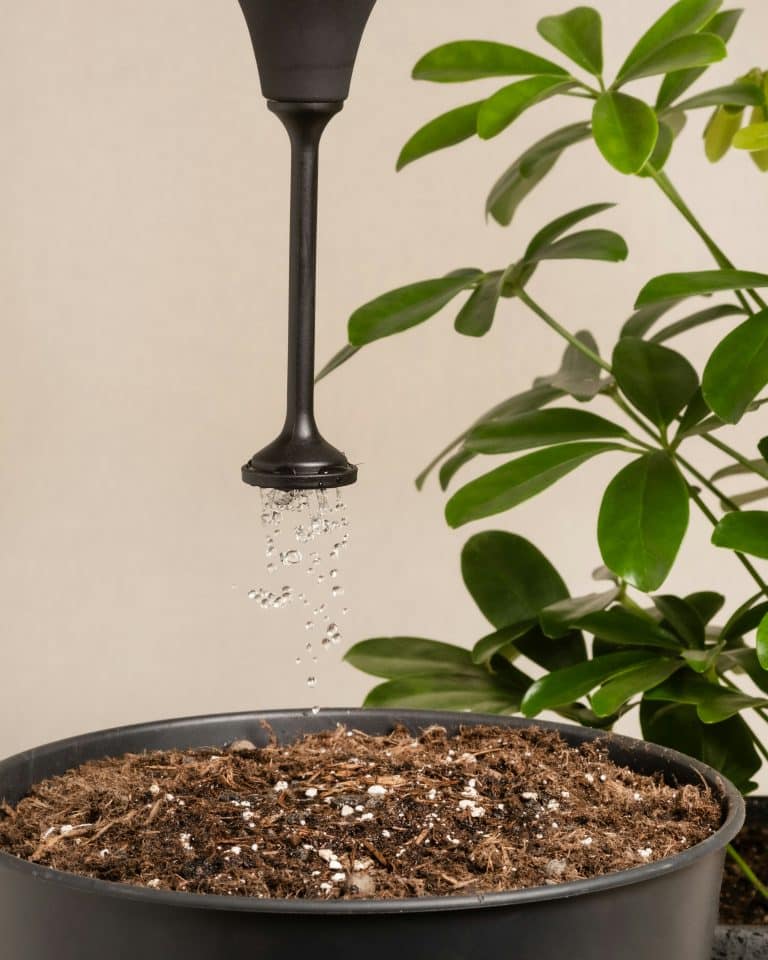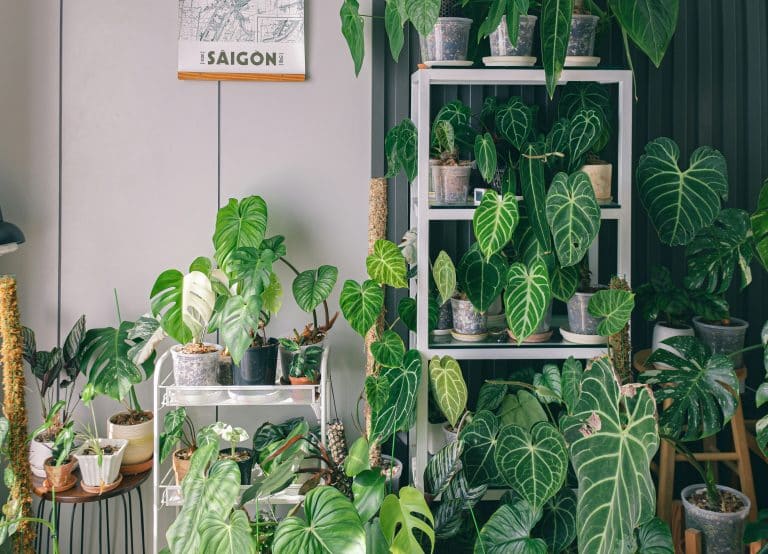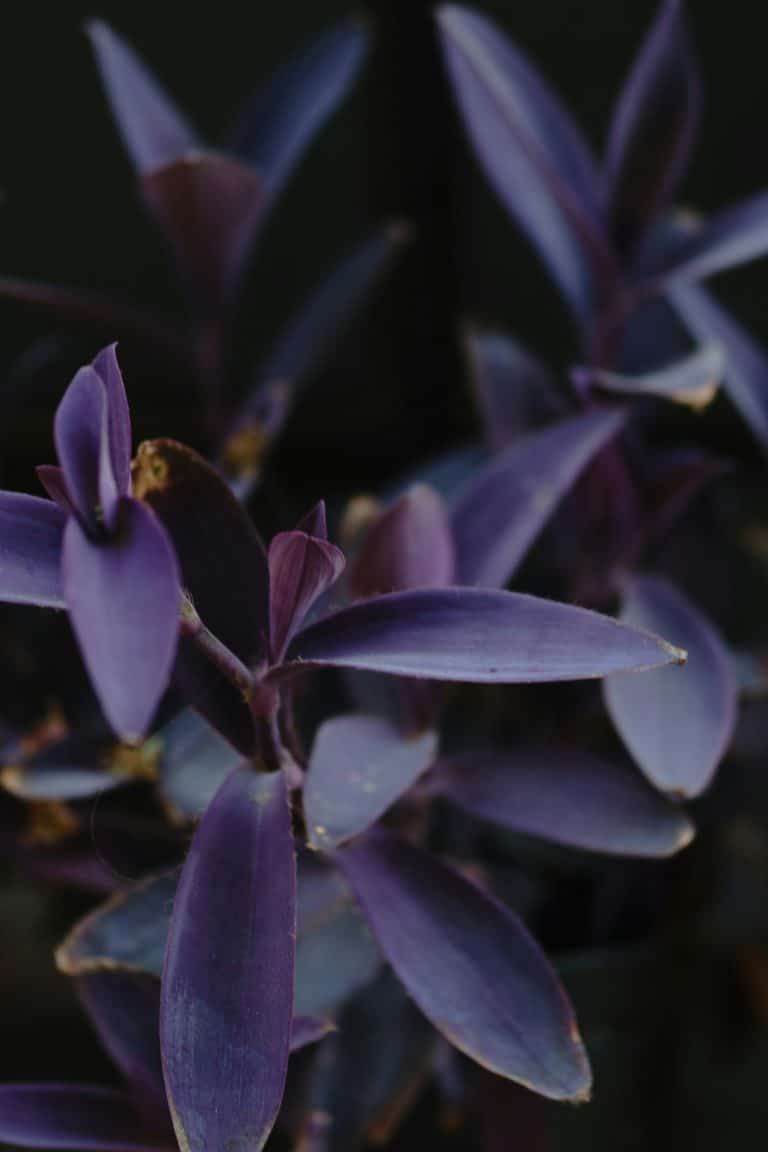Why Are the Leaves on My Low-Light Tree Turning Yellow? Causes & Fixes
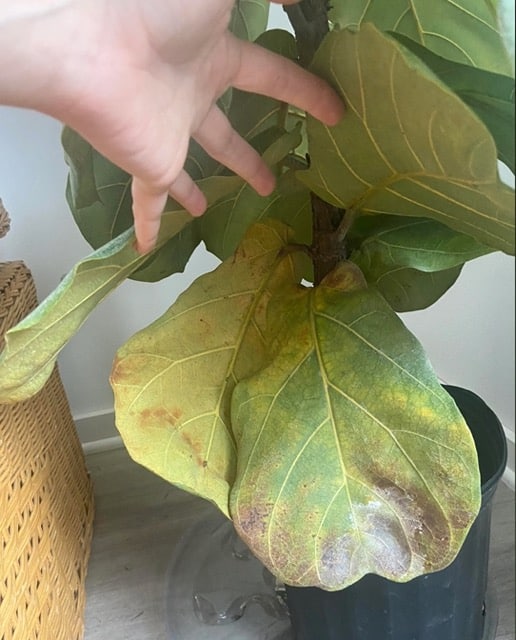
When you purchase through links on our site, we may earn an affiliate commission, which helps sustain our blog!
We’ve all been there—one day, our indoor trees are thriving in low light, and the next, we notice yellowing leaves creeping in. It’s frustrating, especially when we think we’re doing everything right! But yellow leaves aren’t just an eyesore: they’re a signal that something in the tree’s environment is off.
Whether it’s overwatering, a lack of light, or a nutrient imbalance, there’s always a fix. In this guide, we’ll break down the most common reasons why low-light indoor trees develop yellow leaves and what we can do to bring them back to health.
Main causes for leaves turning yellow in low light indoor trees
Overwatering: The #1 Cause of Yellow Leaves in Dim Environments
If there’s one mistake we’ve made over and over, it’s overwatering our low-light trees. And we get it—watering feels like care! But in low-light conditions, trees don’t use as much water because their growth slows down. Instead of drinking it up, the soil stays soggy, suffocating the roots and leading to root rot. Once the roots start to decay, the tree struggles to absorb nutrients, and the leaves turn yellow as a result.
How do we know if overwatering is the issue?
- The soil feels damp for more than a week after watering.
- The lower leaves turn yellow first and feel mushy or limp.
- There’s a musty smell coming from the soil—a sign of root rot.
✅ How to fix it: Let the soil dry out completely before watering again, and make sure your pot has drainage holes. If root rot has set in, we gently remove the tree from its pot, trim off any black, mushy roots, and repot it in fresh, well-draining soil.
Read also: Our guide to watering low light indoor trees.
Poor Drainage: Why Standing Water Leads to Root Suffocation
Even if we’re not overwatering, poor drainage can cause the same problem. If a pot doesn’t have enough drainage holes or the soil is too dense, water collects at the bottom, creating a swampy environment where roots can’t breathe.
Some signs of poor drainage include:
- Soil that stays damp for weeks but never seems to dry out on top.
- A tree that loses leaves quickly, even if you’re watering sparingly.
- Water pooling on top of the soil instead of soaking in right away.
✅ How to fix it: We repot our trees in aerated, well-draining soil—we usually mix regular potting soil with perlite and orchid bark to improve airflow. And if the pot doesn’t have drainage holes? We either drill some or switch to one that does!
Read also: Best pots for low light indoor trees.
Low Humidity: How Dry Indoor Air Affects Leaf Moisture Levels
Yellowing leaves aren’t always about too much water—sometimes, it’s a sign of not enough moisture in the air. Low humidity causes leaves to dry out, starting with yellowing at the edges before turning crispy. This is especially common in winter, when indoor heating sucks all the moisture out of the air.
Signs of low humidity issues:
- Leaf edges turn yellow and brown before becoming brittle.
- The tree seems healthy overall, but older leaves slowly discolor.
- It happens seasonally, especially in winter.
✅ How to fix it: We boost humidity by grouping plants together, placing pebble trays beneath our pots, or running a humidifier—especially for tropical low-light trees like Parlor Palms and Dracaenas.
Read also: Our guide to styling low light indoor trees.
Nutrient Deficiencies: Lack of Nitrogen, Magnesium, or Iron
If watering isn’t the problem, a lack of nutrients might be. Trees in low light don’t need as much fertilizer as sun-loving plants, but they still need some to stay healthy. The tricky part? Different deficiencies show up in different ways.
- Nitrogen Deficiency: Leaves turn pale yellow from the bottom up as the tree pulls nitrogen to support new growth.
- Magnesium Deficiency: Older leaves develop yellowing between the veins, while veins stay dark green.
- Iron Deficiency: New leaves emerge yellow with dark green veins, but older leaves look fine.
✅ How to fix it: We use a balanced liquid fertilizer (like 10-10-10) diluted to half strength to avoid overfeeding. If we suspect a specific deficiency, we supplement with nitrogen-rich fertilizers (like fish emulsion) or a magnesium boost (like Epsom salt).
Read also: our guide to best soil and fertilizers for low light indoor trees.
Aging Leaves: When Yellowing Is Just Part of the Cycle
Not all yellow leaves are a sign of trouble! Sometimes, a tree naturally sheds older leaves to make room for fresh ones. This is especially common in trees like Weeping Figs and Dracaenas, which will drop their oldest leaves seasonally.
How do we know if yellowing is just natural aging?
- The tree is pushing out new growth at the same time.
- Only a few leaves turn yellow at a time.
- The leaves drop cleanly without wilting or rotting.
✅ What to do: Nothing! If it’s just one or two older leaves, we let nature do its thing. But if yellowing spreads quickly or new leaves look unhealthy, we start troubleshooting.
When to Worry: Signs of a Bigger Problem

Fungal Infections: Yellowing with Black Spots
Fungi thrive in low light, high humidity, and poor airflow, causing leaf spot disease, powdery mildew, or root rot.
🚩 Signs:
- Yellow leaves with brown or black spots
- Sticky or moldy residue on leaves
- Musty odor from the soil
✅ Fix it: Remove infected leaves, improve airflow, apply neem oil, and repot if roots are rotting.
Pests: Spider Mites, Scale, Fungus Gnats
Low-light trees attract sap-sucking pests that drain nutrients, causing yellowing, speckled leaves, or sticky residue.
🚩 Signs:
- Fine webbing (spider mites)
- Sticky leaves (scale insects)
- Tiny black flies near soil (fungus gnats)
✅ Fix it: Wipe leaves, use insecticidal soap or neem oil, and let soil dry to deter gnats.
Sudden Mass Yellowing: Environmental Shock
Trees drop leaves when stressed by temperature changes, drafts, or repotting.
🚩 Signs:
- Multiple leaves yellowing overnight
- Recent move, repotting, or cold draft exposure
✅ Fix it: Keep conditions stable, avoid overwatering, and give time to adjust.
When to Repot or Refresh Soil
Compact soil suffocates roots, leading to yellowing and weak growth.
🚩 Signs:
- Water pools on the surface
- Roots circling inside the pot
✅ Fix it: Repot in well-draining soil, trim dead roots, and ensure proper drainage.
Read also: Common problems with low light trees and their fixes.
Conclusion
Yellow leaves don’t always mean disaster, but they do mean our tree is trying to tell us something. Whether it’s too much water, too little light, or a lack of nutrients, small changes can make a big difference. By adjusting watering habits, improving lighting, and checking for deficiencies, we can bring our trees back to vibrant health. Noticed yellow leaves on your indoor tree? Start by diagnosing the issue, and with a little care, you’ll see fresh, green growth in no time!

